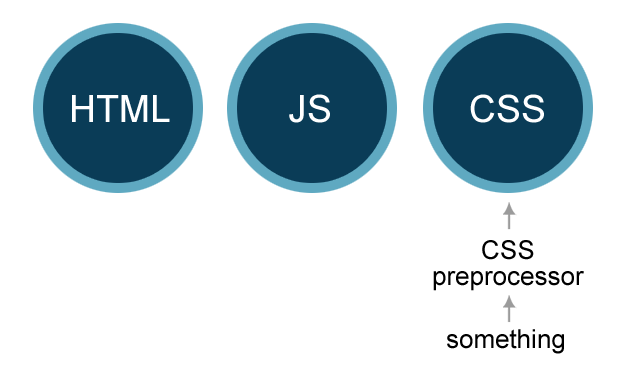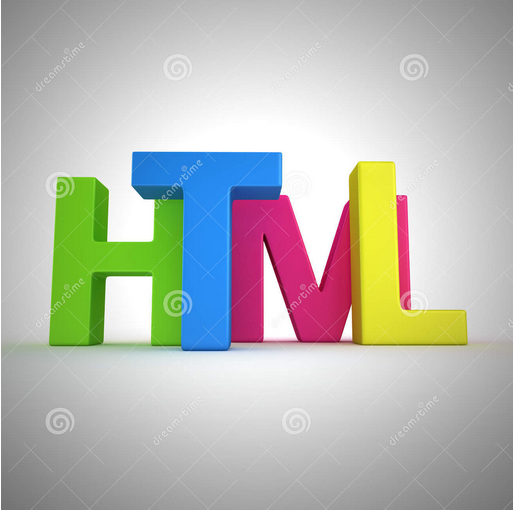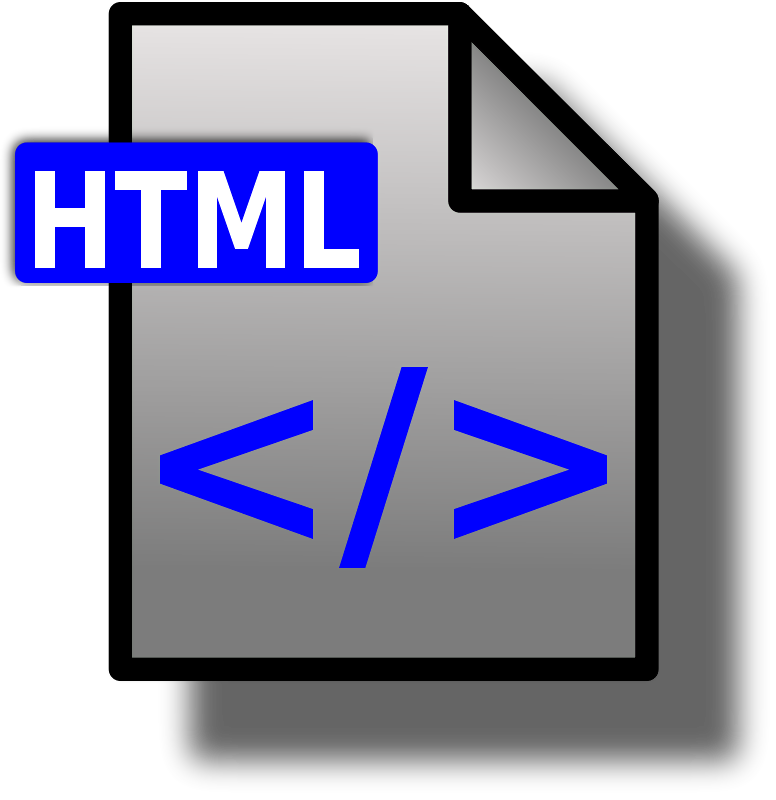Home >Web Front-end >CSS Tutorial >Summary of usage examples of selectors
Summary of usage examples of selectors
- 伊谢尔伦Original
- 2017-06-15 09:55:041727browse
1. Use Transition Transition effects are generally implemented by the browser directly changing the CSS properties of the element. For example, if you use the :hover selector, once the user hovers over the element, the browser will apply the properties associated with the selector. When the user hovers the mouse over the span element, the browser responds by directly applying the new attributes. The changes are shown below: CCS transition properties allow control of how quickly new property values are applied. For example, you can choose to gradually change the appearance of the span element in the example, so that the effect of moving the mouse over the word banana is more harmonious. The transition-delay and transition-duration properties are specified as CSS time, which is a number in ms (milliseconds) or s (seconds). The format of the transition abbreviation property is as follows: transition: 1. 10 recommended courses on CSS transition Introduction: 1. Using transition Transition effects are generally achieved by the browser directly changing the CSS properties of the element. For example, if you use the :hover selector, once the user hovers over the element, the browser will apply the properties associated with the selector. When the user hovers the mouse over the span element, the browser responds by directly applying the new attributes. The changes are shown below: CCS transition properties allow control of how quickly new property values are applied. For example, you can choose to gradually change the appearance of the span element in the example, so that the effect of moving the mouse over the word banana is more harmonious. t... 2. Detailed introduction to animation and transformation ##Introduction: 1. Using Transition Transition effects are generally implemented by the browser directly changing the CSS properties of the element. For example, if you use the :hover selector, once the user hovers over the element, the browser will apply the properties associated with the selector. When the user hovers the mouse over the span element, the browser responds by directly applying the new attributes. The changes are shown below: CCS transition properties allow control of how quickly new property values are applied. For example, you can choose to gradually change the appearance of the span element in the example, so that the effect of moving the mouse over the word banana is more harmonious. t... 3. Recommended 10 slippery special effects (collection) Detailed introduction to common CSS properties 5. ## 简介:CSS选择符【通配选择符】*星号选择器将匹配页面里的每一个元素,但我建议你永远不要再生产代码中使用它。它给浏览器带来大量不必要的负担。*{margin:0;padding:0;}【标签选择符】(也叫类型选择符):也就是把html标签名作为选择符demo: ul {}【id选择符】:应该慎重使用ID选择器。给所需样式标签自定义id名.然后在css文件内写上#自定义id名{CSS样式}.注意:每个id... 简介:在css中,我们常见到选择器class,那么对于class的用法与规范,我们来做个总结:1.CSS Id 和 Class选择器的相关介绍id 和 class 选择器如果你要在HTML元素中设置CSS样式,你需要在元素中设置"id" 和 "class"选择器。id 选择器id 选择器可以为标有特定 id 的 HTML 元素指定特定的样式。H... 简介:本篇文章主要介绍了CSS3中字体平滑处理和抗锯齿渲染,具有一定的参考价值,感兴趣的小伙伴们可以参考一下。在围观Drupal官方主题的时候,发现了一个有意思的非标准CSS选择器-webkit-font-smoothing,于是上手把玩了一番。如何使用css3字体平滑显示呢要知道,W3C对CSS中字体的抗锯齿渲染是有过考虑的,如font-smooth,不过可能由于不同操作系统以及浏览器内核对字体的渲染... 简介:1.1HTML CSCSS选择器不同的样式定义有不同的应用方式,与之对应的样式名也有区别,所以样式名称为选择器应该容易理解不同应用方式的样式。1.类选择器:名称是以点“.”开始的一串字符组合,这类样式必须通过标签中的class属性使用。这种样式必须通过标签中的class属性应用。例:.wenzi{font-size:20px;}<p class=”wenzi”>类选择器样... 简介:Python版本管理:pyenv和pyenv-virtualenvScrapy爬虫入门教程一 安装和基本使用Scrapy爬虫入门教程二 官方提供DemoScrapy爬虫入门教程三 命令行工具介绍和示例Scrapy爬虫入门教程四 Spider(爬虫)Scrapy爬虫入门教程五 Selectors(选择器)Scrapy爬虫入门教程六 Items(项目)Scrapy爬虫入门教程七 Item Loader... 简介:这篇文章主要介绍了CSS3中的content属性使用示例,是为CSS3入门学习中的基础知识,需要的朋友可以参考下CSS中主要的伪元素有四个:before/after/first-letter/first-line,在before/after伪元素选择器中,有一个content属性,能够实现页面中的内容插入。插入纯文字content:"插入的文章",或者content:none不... 【相关问答推荐】: javascript - 为什么把元素选择器换成类选择器就无效了? javascript - jQuery selector gets multiple results, how to separate their .text()? javascript - A question about JQuery selectors? php - If you get the database of car brand, model, displacement and production year The above is the detailed content of Summary of usage examples of selectors. For more information, please follow other related articles on the PHP Chinese website!


 # #Introduction: In the previous times, we talked about the id selector and class selector respectively, as well as their differences and connections. Let’s explore the magical classes and pseudo-elements together. In fact, I was confused about pseudo-classes and pseudo-elements before, but now I decided to peel off its mysterious coat. First of all, what is a pseudo-class? What are pseudo elements? Understanding of pseudo-classes and pseudo-elements: Official explanation: Pseudo-classes were initially used to represent the dynamic status of some elements, typically the various statuses of commonly used links (link, active, hover, visited), and then css2...
# #Introduction: In the previous times, we talked about the id selector and class selector respectively, as well as their differences and connections. Let’s explore the magical classes and pseudo-elements together. In fact, I was confused about pseudo-classes and pseudo-elements before, but now I decided to peel off its mysterious coat. First of all, what is a pseudo-class? What are pseudo elements? Understanding of pseudo-classes and pseudo-elements: Official explanation: Pseudo-classes were initially used to represent the dynamic status of some elements, typically the various statuses of commonly used links (link, active, hover, visited), and then css2... 





